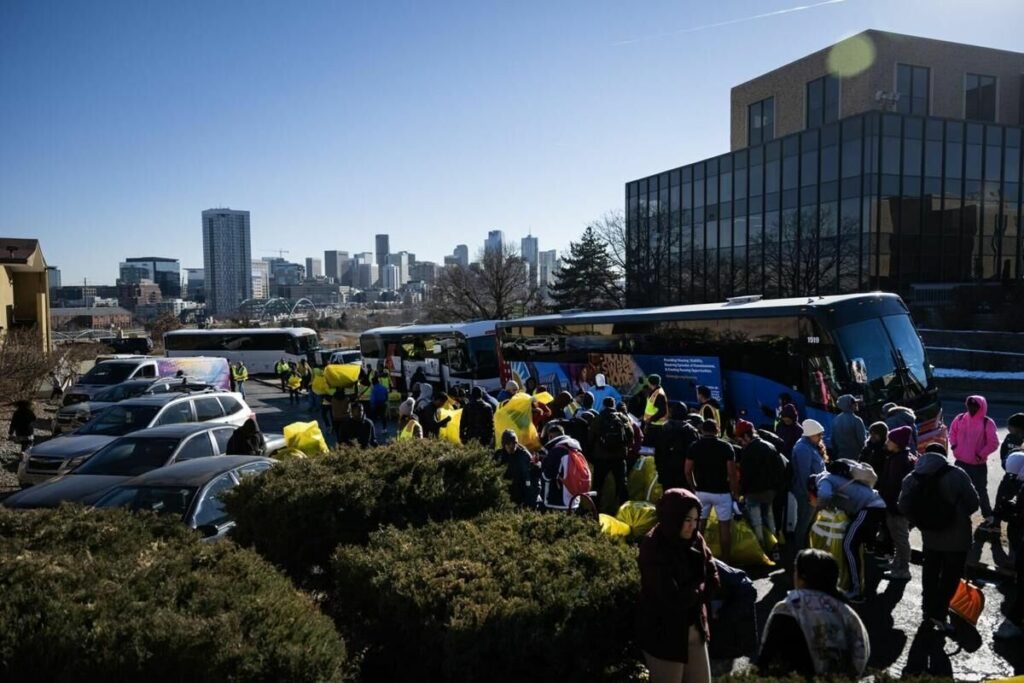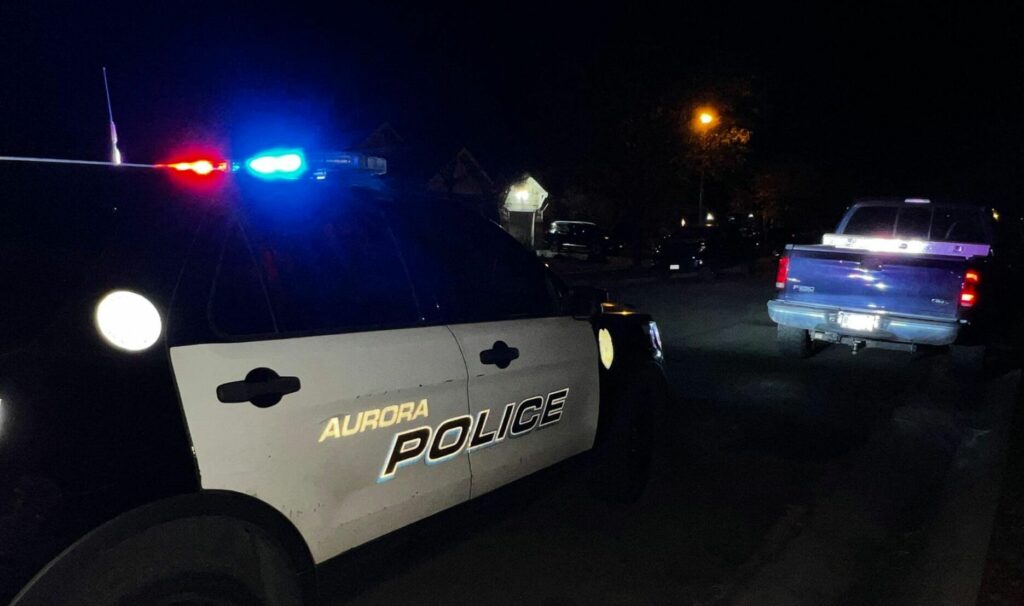Colorado Springs Gazette: Add nuclear to our energy portfolio
Colorado utility ratepayers got some bad news last week. A court ruled that Xcel Energy can hand them the half-billion-dollar tab for heating their homes amid skyrocketing natural gas prices during a stretch of bitter cold in February 2021.
Consumer advocates had challenged Minneapolis-based Xcel’s bid to recover the costs before the state Public Utilities Commission; an administrative law judge now appears to have settled the matter. While the ruling only affects areas of Colorado served by Xcel – that includes metro Denver and Grand Junction – consumers across the state, and nation, have felt the pinch of surging energy prices due to a range of factors, including the war in Ukraine.
Advocates of renewable energy, including Colorado Gov. Jared Polis, point to natural gas’ peaks and troughs as another argument for wind and solar power. They don’t depend on distant energy sources with volatile prices. Oil and gas producers counter that wind and solar power are as unreliable as the weather that generates them. When they fall short, utilities that rely too heavily on them must return to the global natural gas market – driving up prices.
Then how about an energy source that generates almost limitless power, leaves no carbon footprint and produces practically no emissions? It’s nuclear power – as green as you can get.
The state Legislature missed a great chance this session to delve deeper into nuclear power’s potential for Colorado. A bill introduced in the Senate would have directed the state Office of Economic Development to study the feasibility of using next-generation modular nuclear reactors as a carbon-free energy source.
The bill unfortunately was killed in a Senate committee. It was sponsored by two Republicans, and majority Democrats – though big champions of other alternative fuels – simply weren’t interested. That’s too bad, because nuclear power could play a big role in Colorado’s energy portfolio and help stabilize the state’s energy market – benefiting rank-and-file ratepayers.
A lot of consumers may not realize nuclear plants supply fully 20% of the entire nation’s electrical needs. Nuclear power also provides more than 70% of France’s power and 40% of Sweden’s.
Colorado hasn’t kept up, however. Our state’s last nuclear power plant – Xcel Energy’s Fort St. Vrain Generating Station on the northeastern plains – ceased operating as a nuclear facility in 1989.
Nuclear power once bore an unfair stigma owing no doubt to its other use in weaponry. There has been only a handful of accidents involving nuclear power since its inception, and it has a stellar safety record overall in the U.S. It’s worth remembering that by far the world’s worst nuclear accident, and the only one in which people died as a direct result, occurred in 1986 in the old Soviet Union, at a plant in Chernobyl. It was built by an authoritarian regime in a crumbling communist economy that cut every corner in the plant’s construction. None of that, of course, would be the case in Colorado.
Colorado and the entire country have radically realigned their energy priorities in the 30-plus years since the end of nuclear power in our state. Nuclear power provides a compelling end run on the unending debate over fossil fuels vs. wind and solar. It makes sense now more than ever to return to the power of the atom.
Colorado Springs Gazette editorial board












